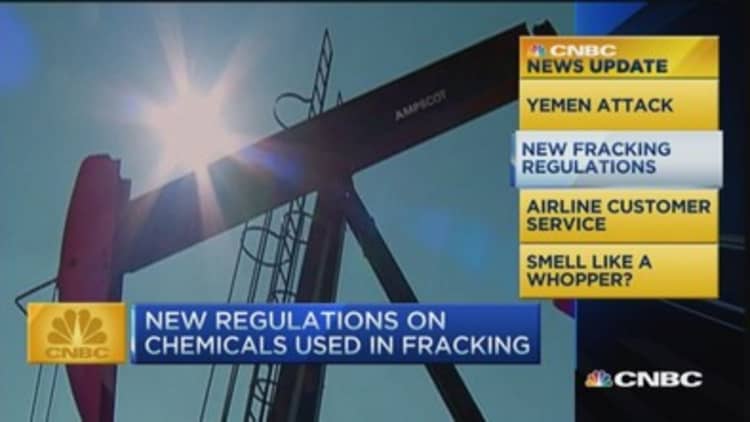Organic and sustainable eating are hot trends nowadays, but one sector's growth suggests the death of processed food may be exaggerated.
The resilience and growth of the flavors and fragrances (F&F) market is a testament to the fact that tastes and scents are here to stay, even as the largest firms in the space fly mostly under the radar. The nearly $25 billion sector has grown steadily for at least the last four years, according to figures from Leffingwell and Associates, with analysts predicting at least 4 percent annual growth through 2017.

It's not hard to understand why: Much of the food, drink and toiletries consumers use contain countless essences, and the majority of them are produced by the F&F sector's biggest names.
Read MoreWhich foods are worth buying organic?
Flavors and fragrances typically make up a mere 1 to 5 percent of the cost of a finished product, according to International Flavors and Fragrances (IFF), a major player in the market. Yet subtleties in flavors are often the key reason why consumers prefer one brand over another, and the demand boost has helped lift the fortunes of the sector's largest names.
"The big four global F&F companies have benefited in part from the increased outsourcing of R&D [research and development] by global consumer products companies to F&F producers," Mark Astrachan from Stifel Nicolaus.
The industry is an oligopoly of sorts, dominated primarily by a handful of large names. Similar to the giants of the accounting realm, the F&F sector is led by a "big four," which includes Givaudan, Firmenich, IFF, and Symrise.
Collectively, the space's largest players comprise at least 70 percent of the market. The rest of the industry is fragmented, and have hundreds of smaller companies vying for position.
IFF'S spending spree
Overall, analysts see the sector as both competitive and lucrative. According to UBS U.S. Chemical Equity Research Director John Roberts, F&F products are consumed on a constant basis, and are less sensitive to changes in economic growth.
Separately, Jonathan Feeney of Athlos Research described the industry as invaluable, rich in intellectual property and steadily consolidating.
That sets the stage for further growth for F&F's big names. IFF, ranked by Leffingwell as the third largest F&F company is 2014, has a $9.31 billion market capitalization that was boosted this week by quarterly results that beat Wall Street's estimates.
The company has two distinct business units with 13 subcategories that range from perfume, toiletries, personal wash, sweet, and savory—pumping out 40,000 products annually.
Read MoreCramer: Fragrance stock enjoys smell of success
IFF's sales are evenly split between developed markets and emerging markets. Yet according to the company, emerging market sales grew three times faster than developed markets on a local currency basis. In developing economies, middle-class demand for processed foods and household, personal care items has been a major source of growth.
For that reason, in the past five years IFF has spent $320 million opening facilities in far-flung places like Turkey, Brazil, India and China.
Specifically, it opened a new Flavors creative facility in Jakarta, Indonesia, and established a sales office in Santiago, Chile. Additionally, it doubled its creative team in South Africa to "support the company's expanded customer base in the rapidly growing sub-Saharan Africa region."
IFF Chairman and CEO Andreas Fibig expects that will help set the stage to even further challenge its competition.
"We are here to lead where we compete," Fibig said, who took the reins of the company last September. "Our strong financial foundation, expansion in key markets and investment in innovation will redefine winning and lead to sustainable, profitable growth at IFF."
Fibig was previously President and head of Bayer's pharmaceuticals division. Since taking over at IFF, shares of the company are up double digits.
John Roberts of UBS noted that Fibig's background could help give IFF a big competitive leg up in the F&F market, as flavors and fragrances are regulated chemicals that are similar to pharmaceuticals. He has a neutral rating on the stock, which traded around $115 on Friday, near UBS's price target of $118.


